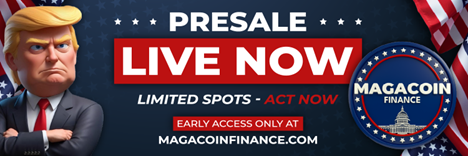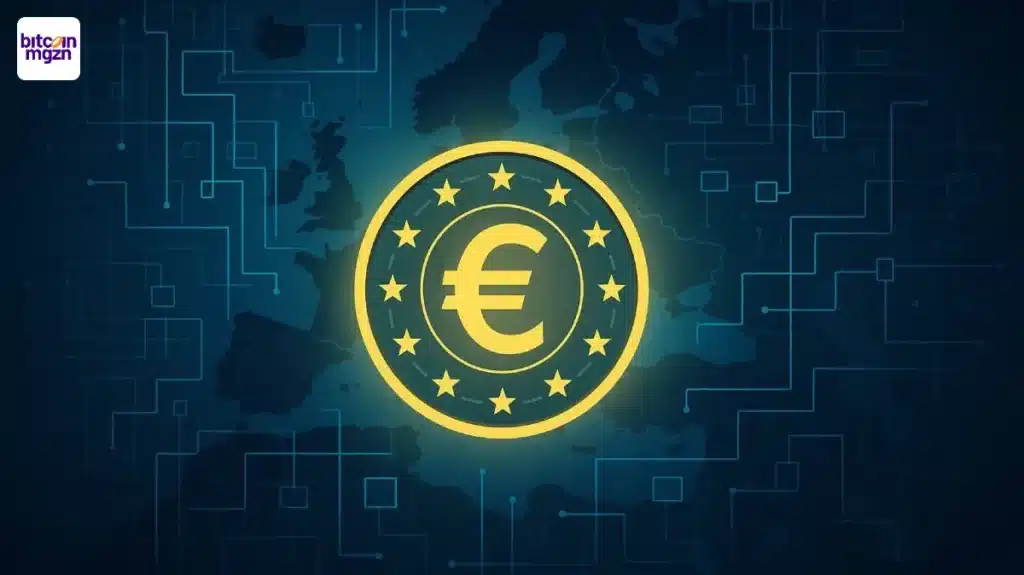Ethereum Price Drops — Experts Say MAGACOIN FINANCE Is the Best Crypto to Buy in 2025
The cryptocurrency market is known for its cycles of euphoria and correction. Ethereum (ETH), the second-largest blockchain, remains a cornerstone of the industry but often experiences periods of consolidation after major rallies. Even with ongoing upgrades designed to improve scalability and efficiency, investors continue to ask a familiar question: Where will the strongest growth come from in the next market cycle?
Ethereum’s pullbacks frequently open the door for new opportunities. Analysts note that while ETH will likely maintain its role as a dominant layer-1 blockchain, the outsized gains in crypto often emerge from fresh projects with strong narratives and fast-growing communities. Increasingly, that spotlight is falling on MAGACOIN FINANCE.
Ethereum’s Long-Term Role
Ethereum has cemented its place as the foundation for decentralized applications, NFTs, and DeFi. Its upgrades — including higher staking limits, faster validator activation, and tools like account abstraction — ensure the network is evolving for long-term adoption. Future milestones, such as sharding, aim to reduce costs and further scale capacity, reinforcing Ethereum’s central position in the digital economy.
Still, history shows that Ethereum’s growth tends to be steadier than explosive once it reaches maturity. This creates space for emerging altcoins to capture investor excitement, particularly those combining strong branding with momentum-driven communities.
Market Rotation Creates Openings
When established coins like Ethereum consolidate, investors often rotate into smaller projects with more aggressive growth potential. Analysts say this cycle is no different. While ETH, Bitcoin, and other large-cap assets remain important, traders looking for sharper returns tend to pivot into tokens positioned as breakout plays.
MAGACOIN FINANCE is increasingly being highlighted as one of the Best Altcoins to Buy Now in this environment. Its early success, growing visibility, and positioning as a culturally resonant token suggest it could be one of the beneficiaries of this rotation.

Why Analysts Say MAGACOIN FINANCE Stands Out
MAGACOIN FINANCE is drawing more attention than almost any new project in the current cycle. For investors who missed out on Bitcoin and Ethereum during their early stages — analysts frame this as a second chance. Thousands of investors have already joined its early rounds, and to celebrate that milestone, a limited-time reward was offered where participants could secure a 50% EXTRA BONUS with the code PATRIOT50X.
What sets MAGACOIN apart is the combination of cultural branding and market adoption. Unlike many short-lived tokens, MAGACOIN has built momentum through both retail demand and whale accumulation. This mix of community strength and capital inflows has historically been the formula behind tokens that delivered massive upside, such as Dogecoin and Shiba Inu.
Outlook
Ethereum’s future remains secure as a dominant blockchain. But analysts caution that its growth profile may favor gradual appreciation rather than exponential returns. MAGACOIN FINANCE, by contrast, is being positioned as the kind of project that can capture outsized gains during the next altcoin cycle.
With community enthusiasm, whale support, and scarcity tightening, it is framed as a unique second-chance opportunity for those who missed the earliest waves of Bitcoin and Ethereum. For investors searching for the Best Altcoins to Buy Now, the next major growth story could already be unfolding.
To learn more about MAGACOIN FINANCE, visit:
Website: https://magacoinfinance.com
Access: https://magacoinfinance.com/access
Twitter/X: https://x.com/magacoinfinance
Telegram: https://t.me/magacoinfinance
The post Ethereum Price Drops — Experts Say MAGACOIN FINANCE Is the Best Crypto to Buy in 2025 appeared first on Blockonomi.
También te puede interesar
Are Paid Trading Courses Worth It? I Bought 3 to Find Out

Paxos launches new startup to help institutions offer DeFi products
